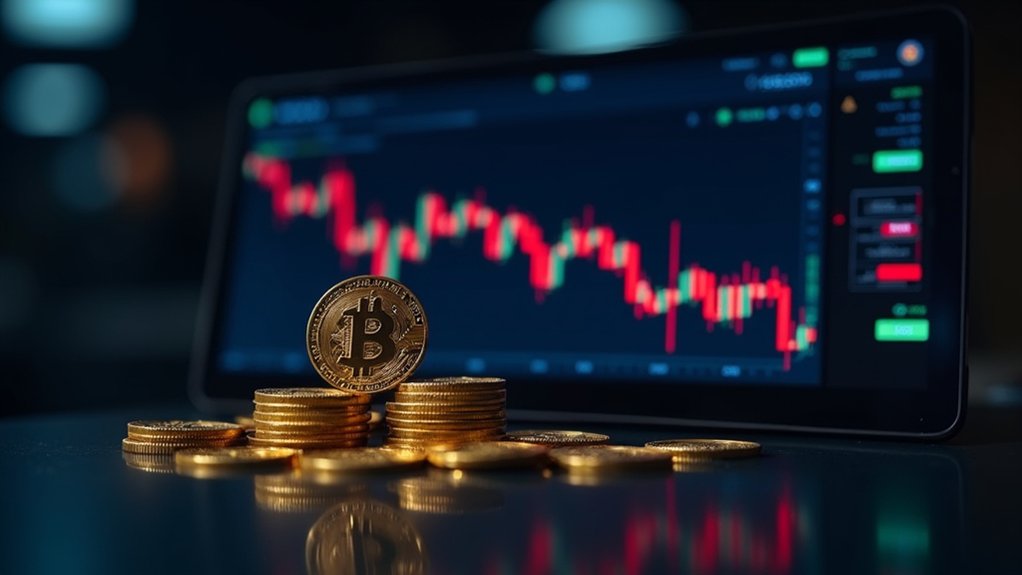The phenomenon of Bitcoin profit-taking, particularly among large holders commonly referred to as whales, represents a critical aspect of market dynamics that markedly influences price volatility, supply distribution, and investor sentiment, as evidenced by the recent decline in whale holdings to levels reminiscent of 2018, which underscores a strategic pattern of realizing gains at psychologically significant price thresholds and after sustained rallies while employing sophisticated risk management techniques such as trailing stop-loss orders and staged sell strategies to optimize returns and mitigate downside exposure in an increasingly complex and volatile digital asset environment. This behavior reflects intricate market psychology, wherein whales capitalize on collective investor emotions tied to all-time highs and key resistance levels, leveraging technical signals to execute incremental profit-taking that preserves capital amid anticipated corrections. The pronounced reduction in whale-held Bitcoin signifies not only a redistribution of supply but also a recalibration of market confidence, as large holders adjust positions in response to evolving regulatory impact, including jurisdictional tightening and policy clarifications that elevate compliance costs and introduce uncertainty, thereby incentivizing preemptive liquidity realization. Additionally, many whales strategically use crypto futures to hedge their spot holdings, allowing them to manage risk while maintaining market exposure. Moreover, whales’ reliance on algorithmic approaches incorporating moving average crossovers, Fibonacci retracements, and automated exit triggers facilitates disciplined profit extraction that transcends impulsive market reactions, enhancing the precision of trade execution in alignment with predefined risk-reward parameters. The consequent effect on market dynamics is multifaceted: short-term price volatility often intensifies as concentrated sell-offs trigger stop-loss cascades and algorithmic responses, yet the concurrent contraction of large-scale Bitcoin reserves potentially fortifies price floors by diminishing supply available to retail participants. Significantly, the interplay between regulatory developments and profit-taking strategies elucidates a feedback mechanism whereby geopolitical shifts prompt strategic asset reallocation, thereby influencing the timing and magnitude of whale sales. This adaptive behavior manifests as a critical determinant of market cycles, underscoring the necessity for investors to integrate regulatory outlook assessments within their analytical frameworks to anticipate whale-driven liquidity fluctuations and their broader implications for Bitcoin’s valuation trajectory. Importantly, many whales employ partial profit-taking strategies, selling portions of their holdings incrementally to lock in gains while maintaining exposure to further upside potential. These strategies often rely on insights from smart contracts to automate and enforce trade conditions, minimizing human error and ensuring execution fidelity.
Author
Tags
Share article
The post has been shared by 0
people.









